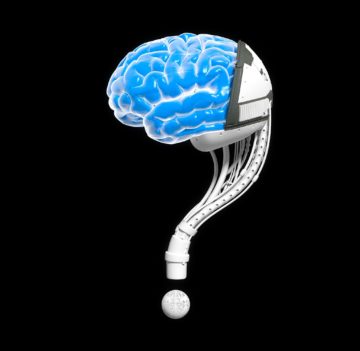Cade Metz in The New York Times:
 When computer scientists at Microsoft started to experiment with a new artificial intelligence system last year, they asked it to solve a puzzle that should have required an intuitive understanding of the physical world. “Here we have a book, nine eggs, a laptop, a bottle and a nail,” they asked. “Please tell me how to stack them onto each other in a stable manner.” The researchers were startled by the ingenuity of the A.I. system’s answer. Put the eggs on the book, it said. Arrange the eggs in three rows with space between them. Make sure you don’t crack them. “Place the laptop on top of the eggs, with the screen facing down and the keyboard facing up,” it wrote. “The laptop will fit snugly within the boundaries of the book and the eggs, and its flat and rigid surface will provide a stable platform for the next layer.”
When computer scientists at Microsoft started to experiment with a new artificial intelligence system last year, they asked it to solve a puzzle that should have required an intuitive understanding of the physical world. “Here we have a book, nine eggs, a laptop, a bottle and a nail,” they asked. “Please tell me how to stack them onto each other in a stable manner.” The researchers were startled by the ingenuity of the A.I. system’s answer. Put the eggs on the book, it said. Arrange the eggs in three rows with space between them. Make sure you don’t crack them. “Place the laptop on top of the eggs, with the screen facing down and the keyboard facing up,” it wrote. “The laptop will fit snugly within the boundaries of the book and the eggs, and its flat and rigid surface will provide a stable platform for the next layer.”
The clever suggestion made the researchers wonder whether they were witnessing a new kind of intelligence. In March, they published a 155-page research paper arguing that the system was a step toward artificial general intelligence, or A.G.I., which is shorthand for a machine that can do anything the human brain can do. The paper was published on an internet research repository. Microsoft, the first major tech company to release a paper making such a bold claim, stirred one of the tech world’s testiest debates: Is the industry building something akin to human intelligence? Or are some of the industry’s brightest minds letting their imaginations get the best of them?
“I started off being very skeptical — and that evolved into a sense of frustration, annoyance, maybe even fear,” Peter Lee, who leads research at Microsoft, said. “You think: Where the heck is this coming from?”
More here.
